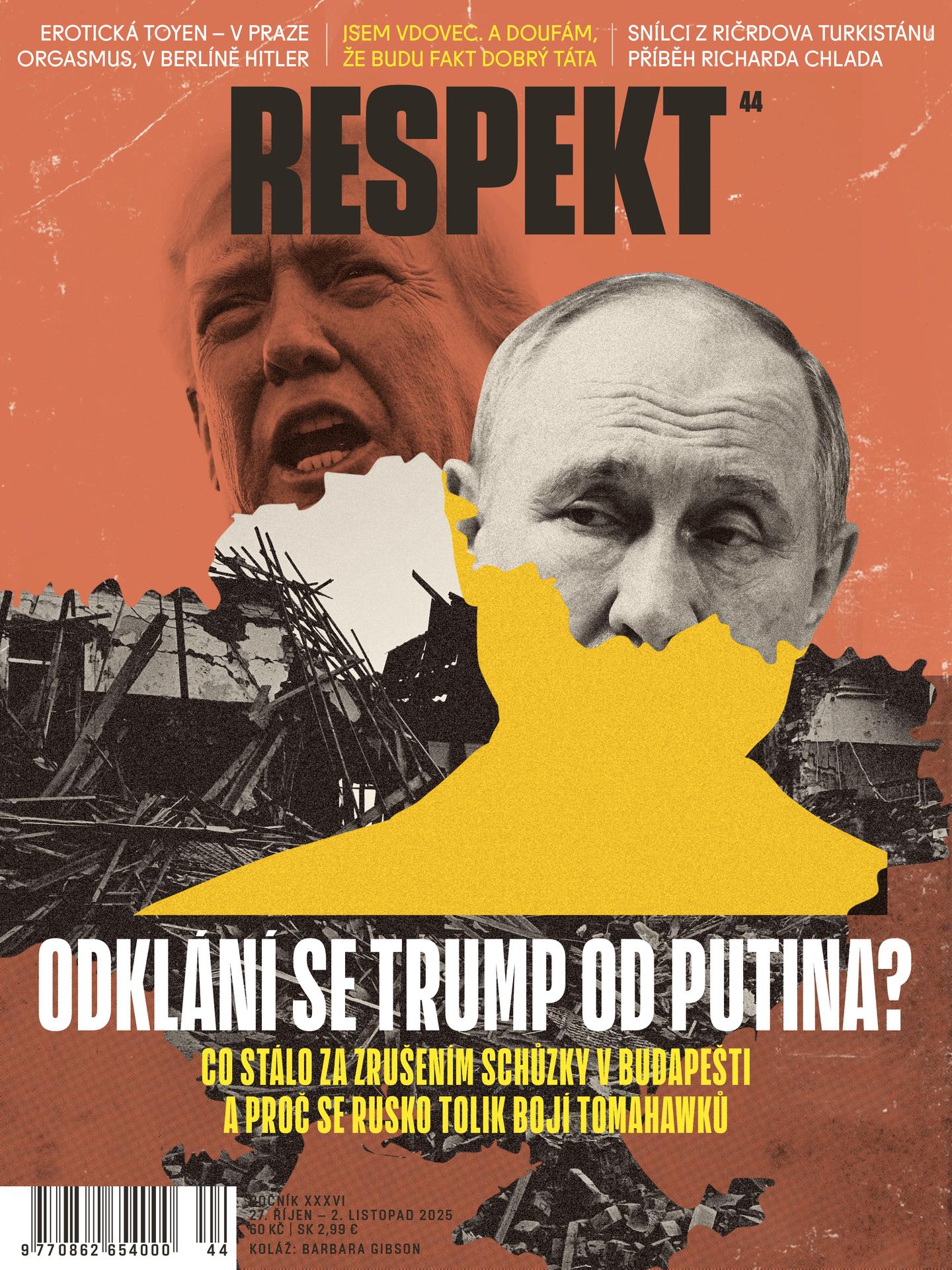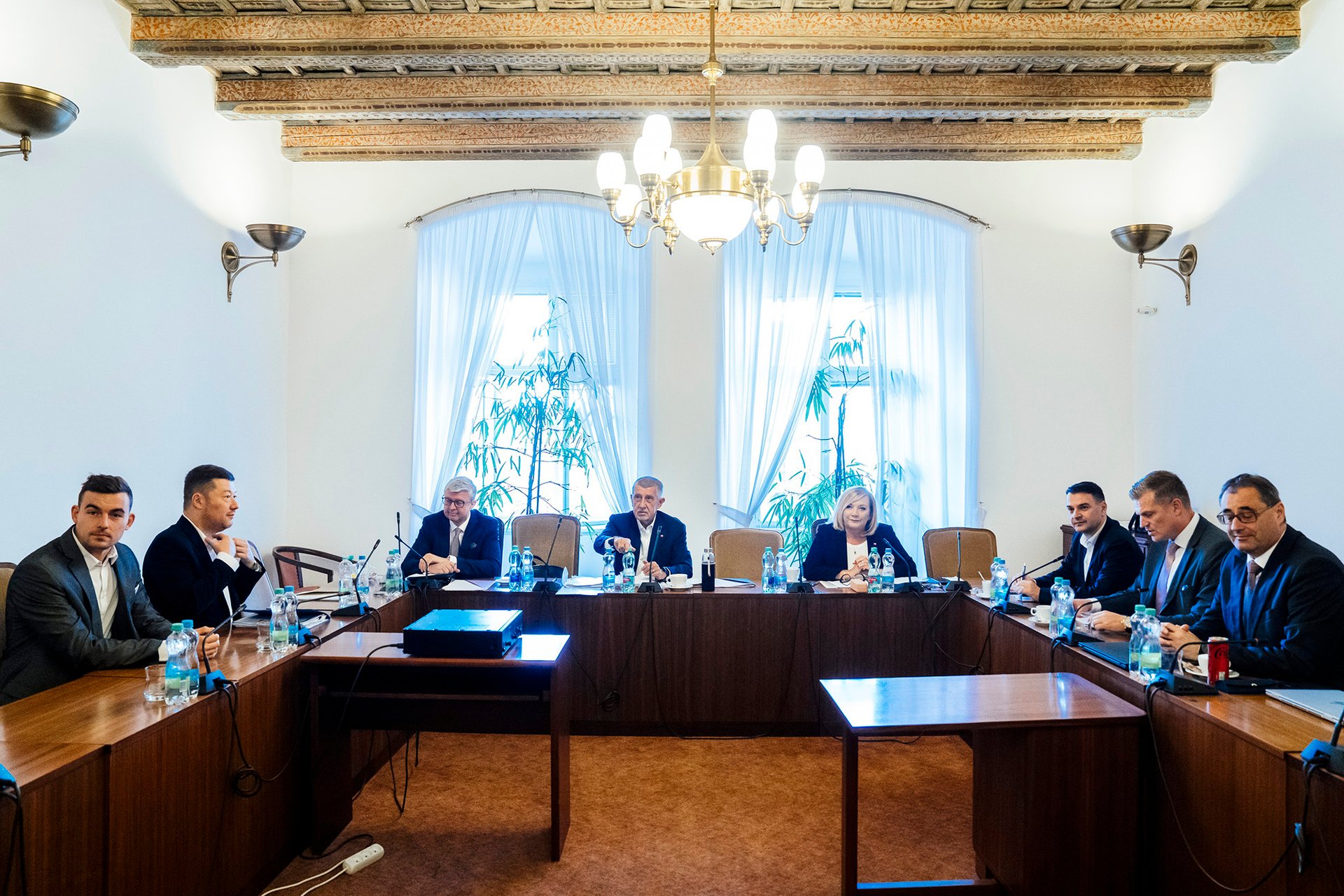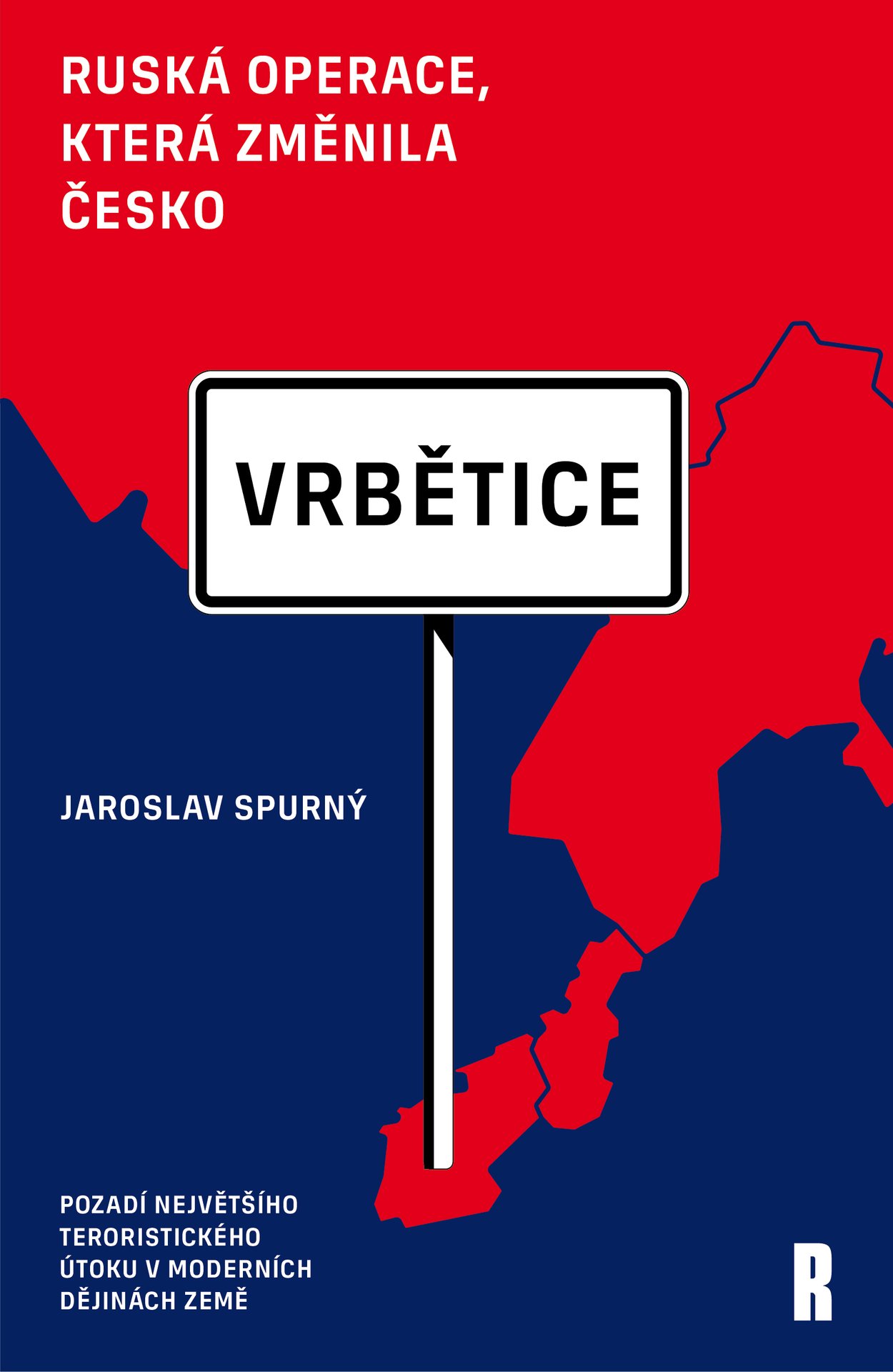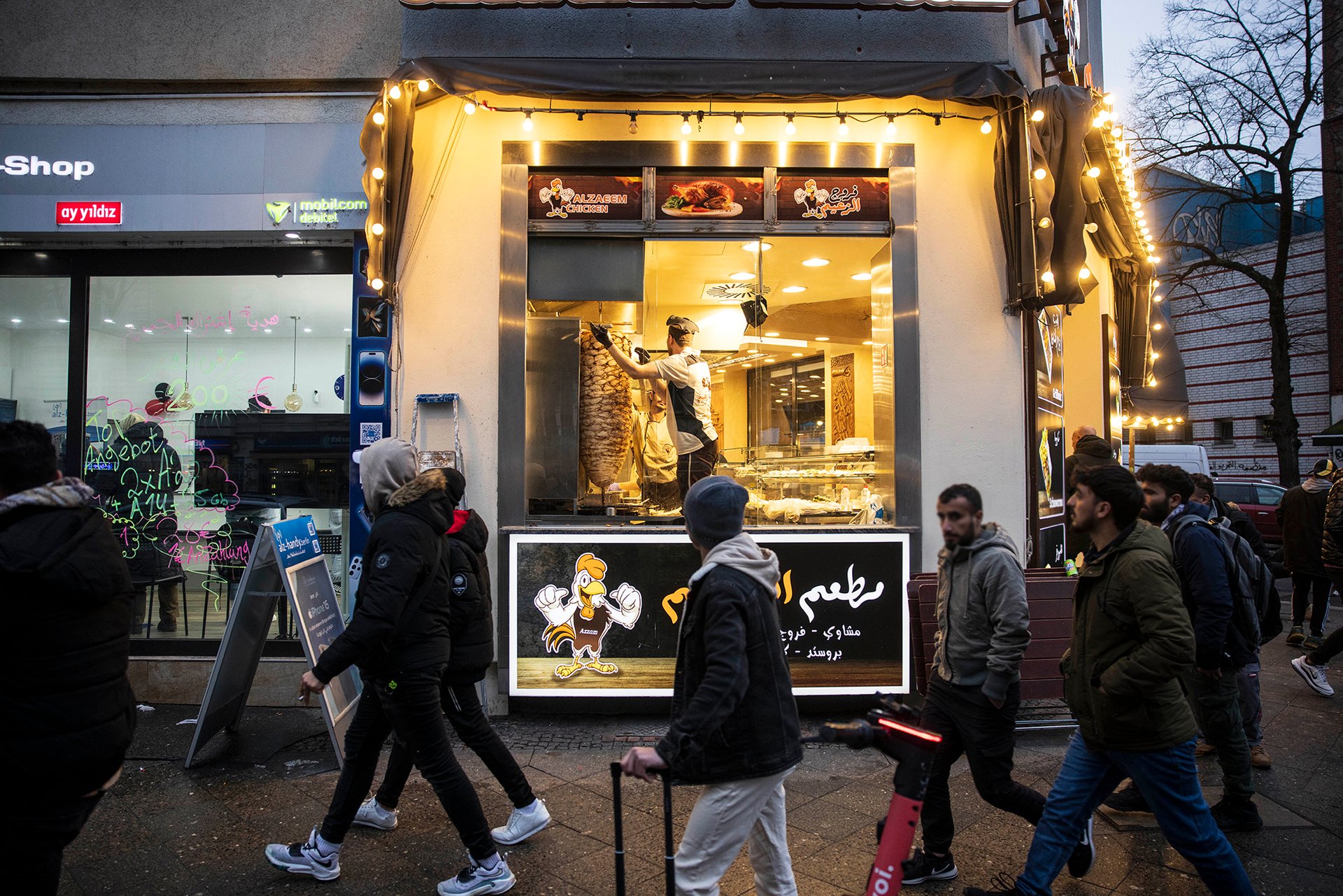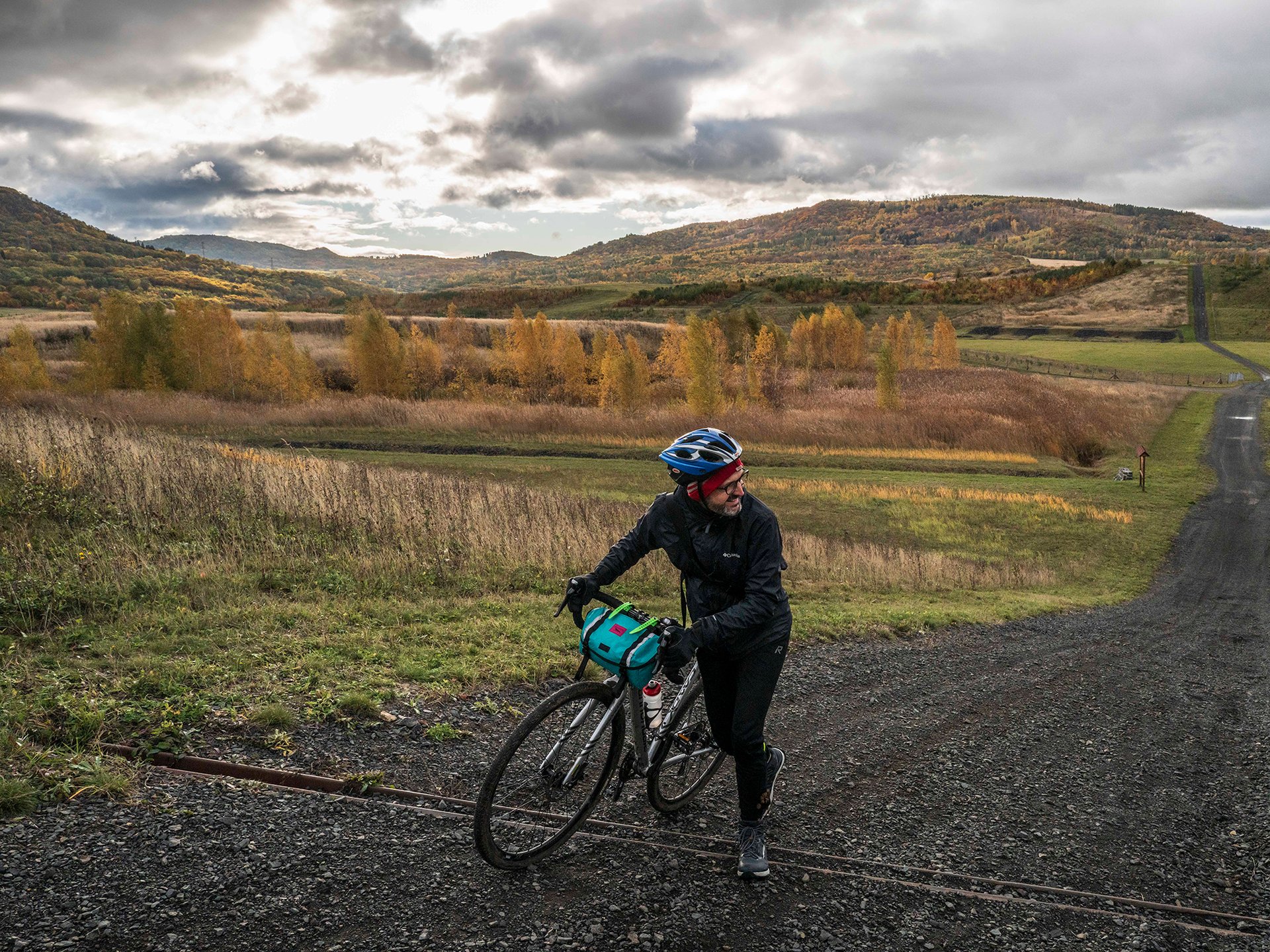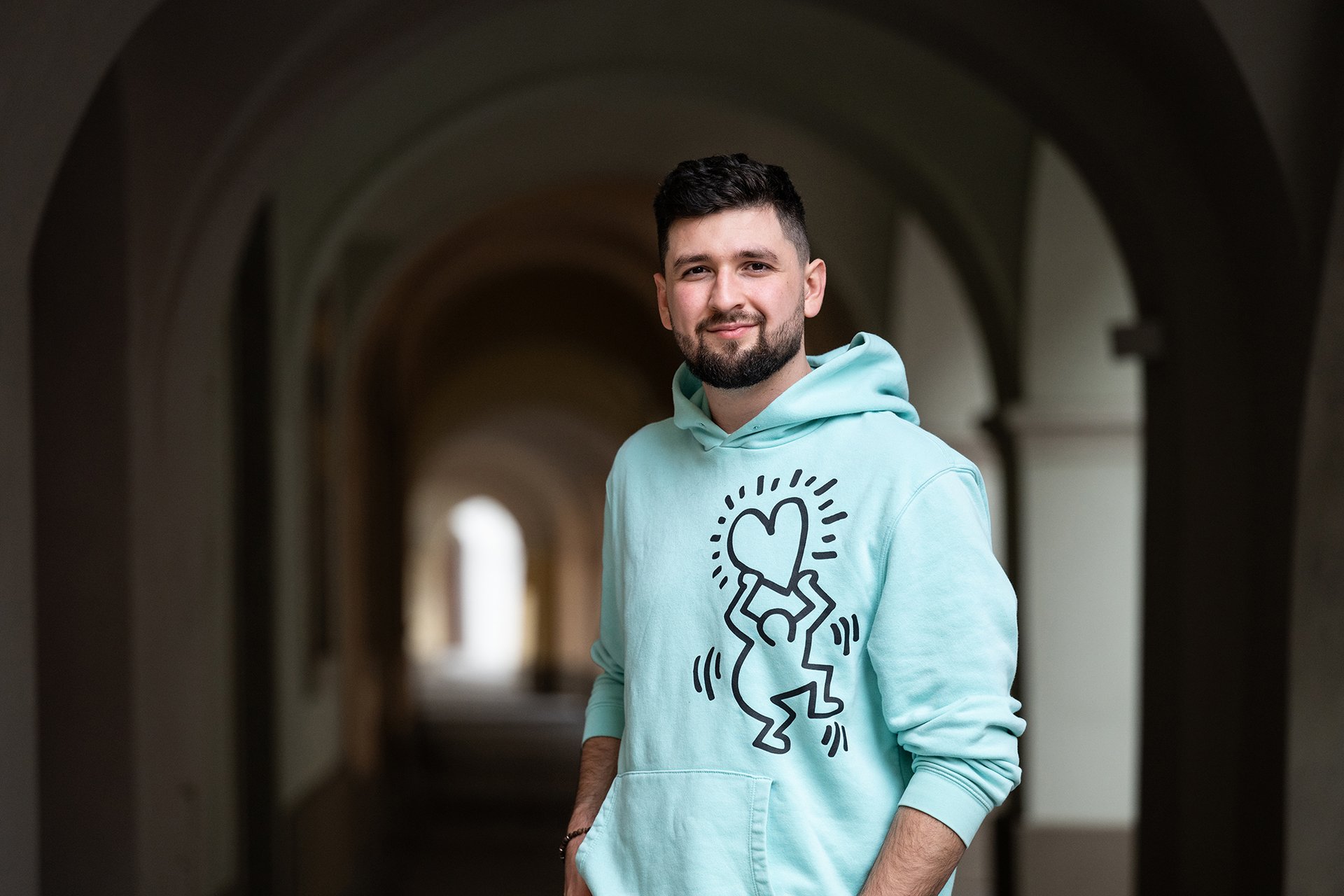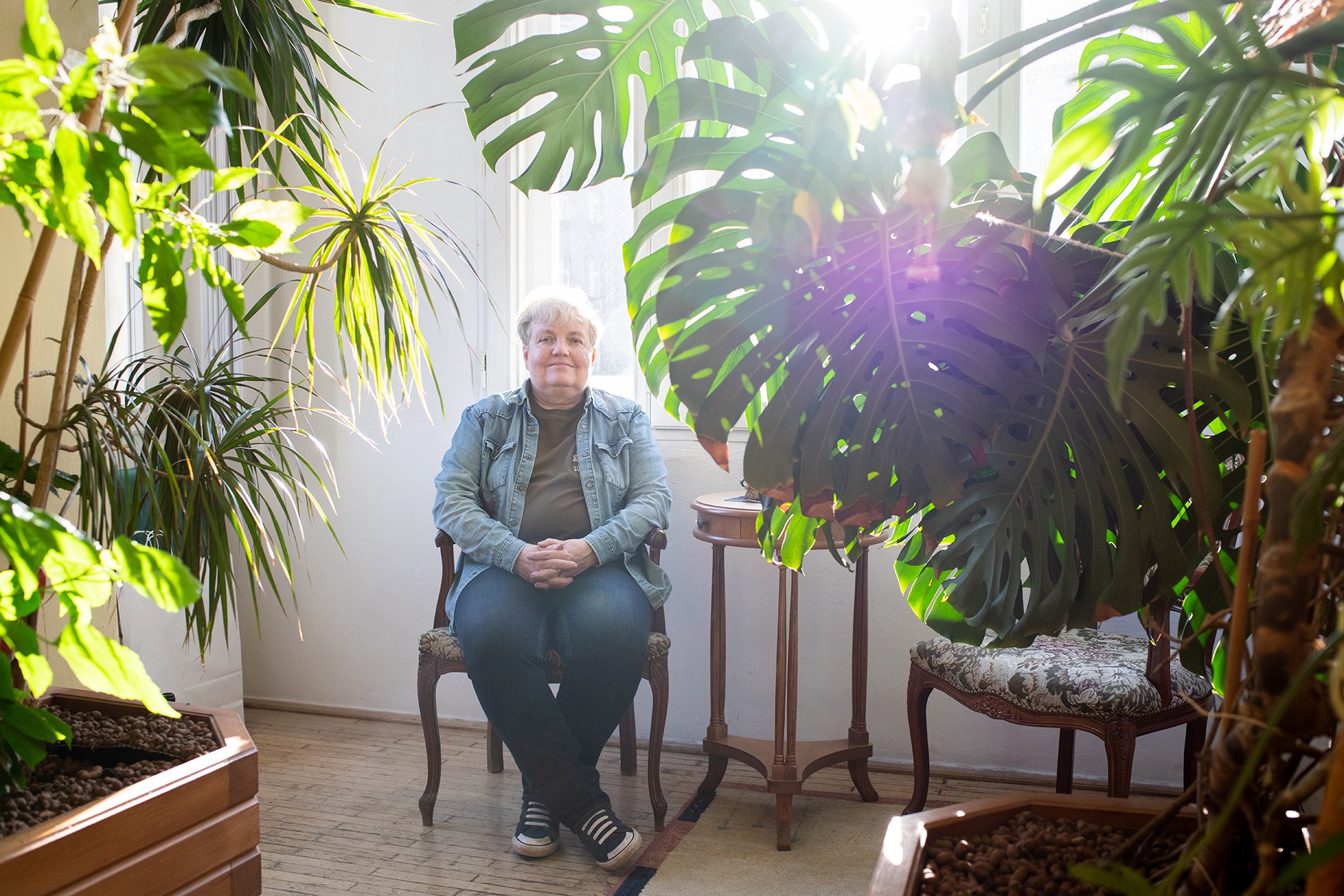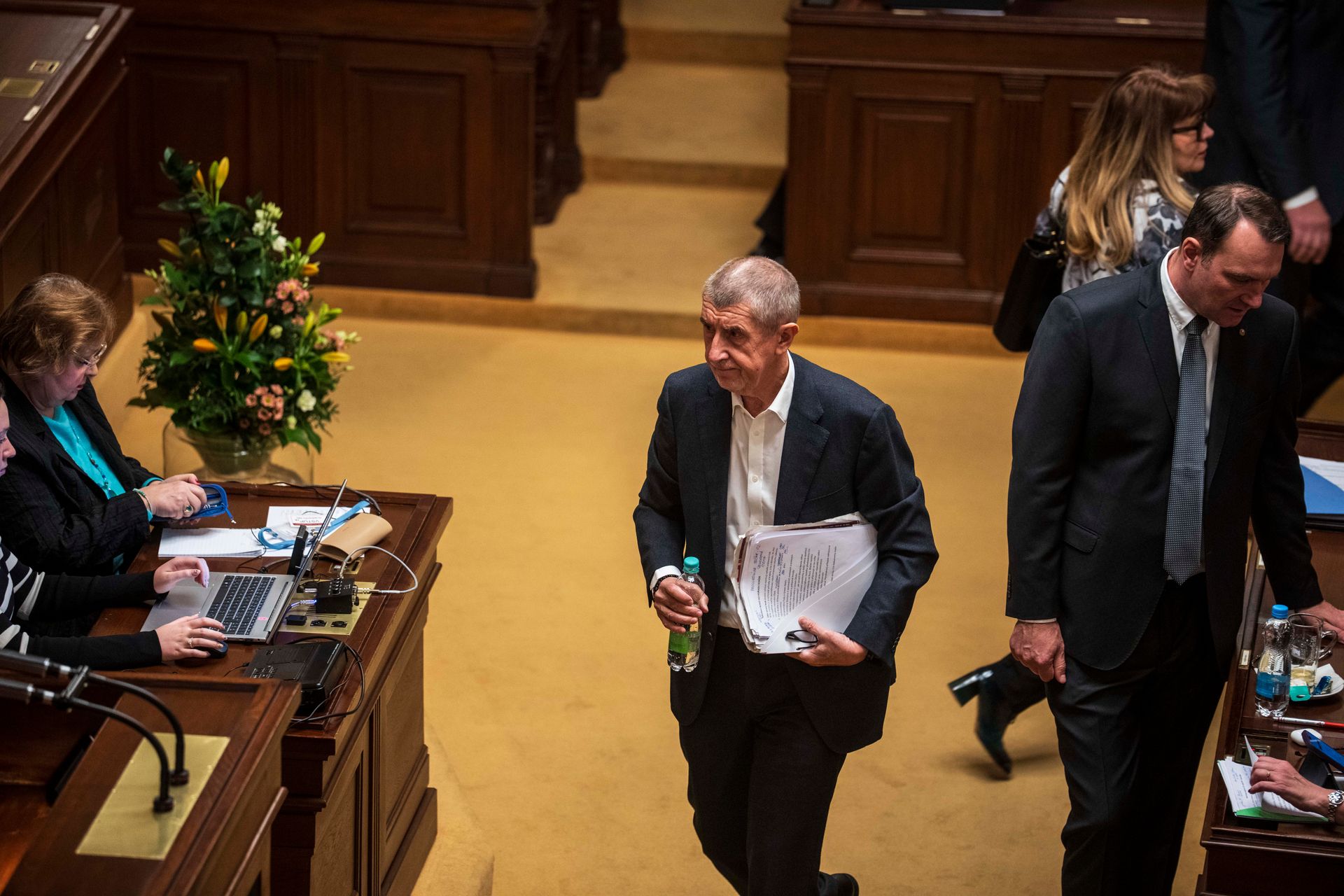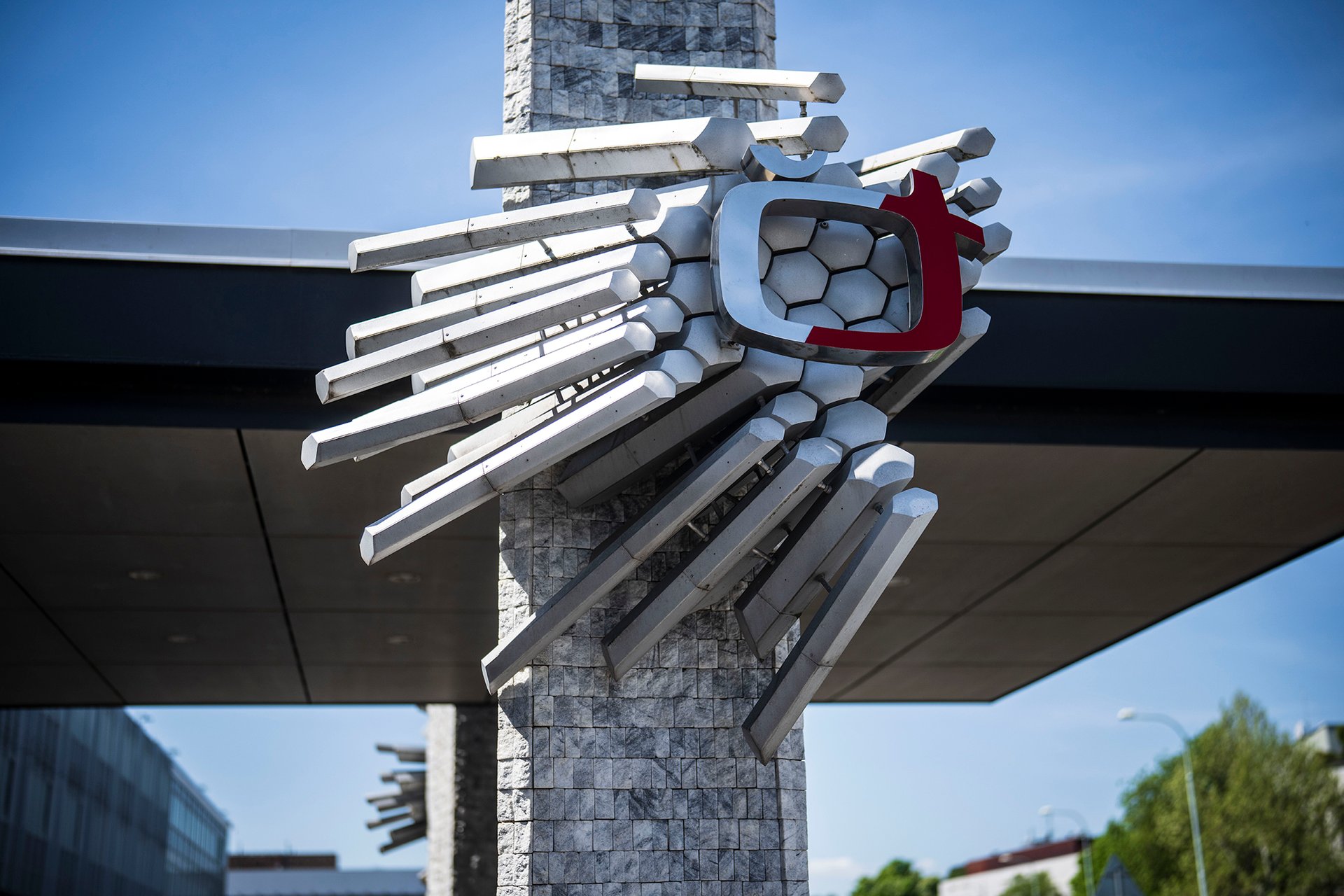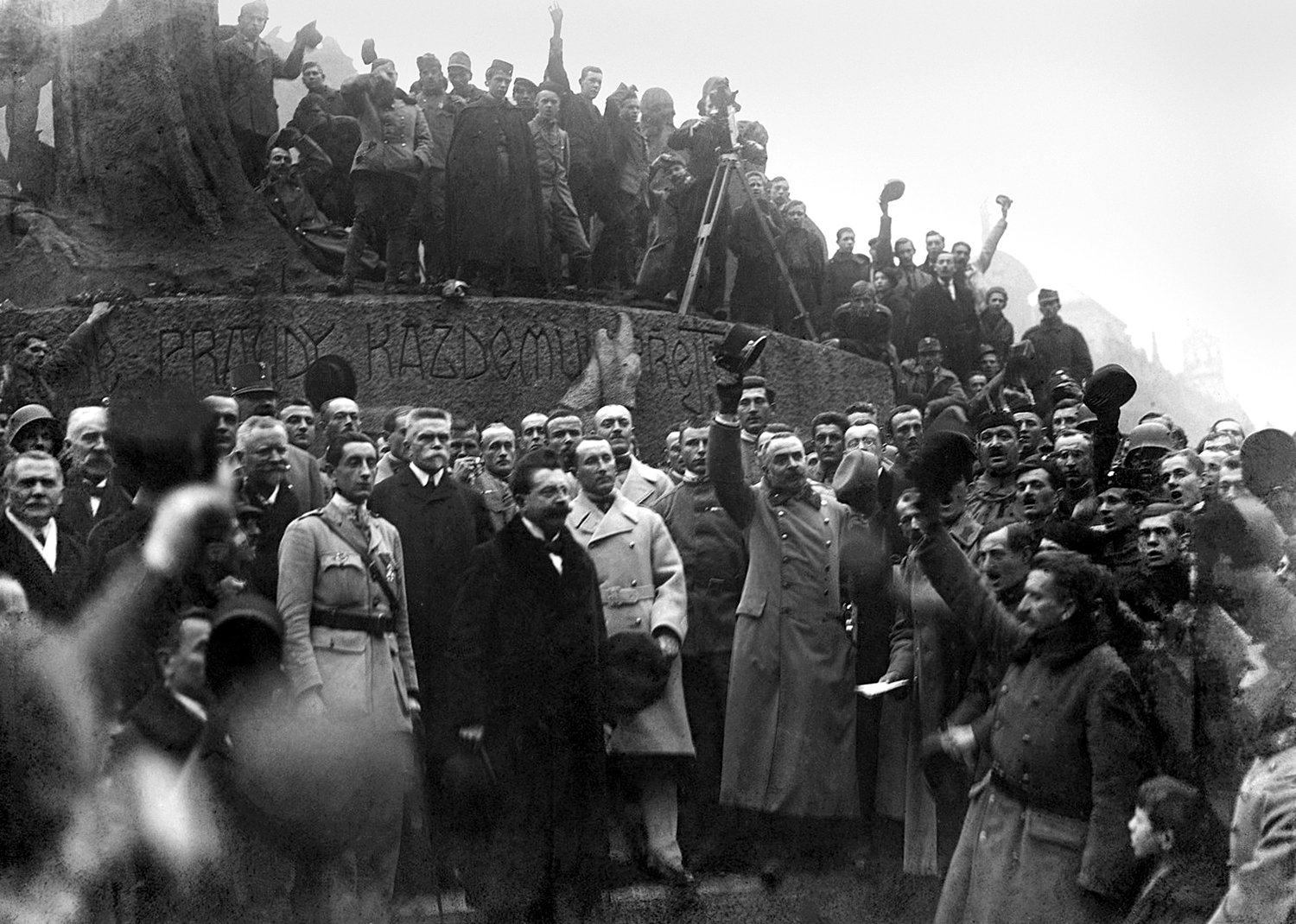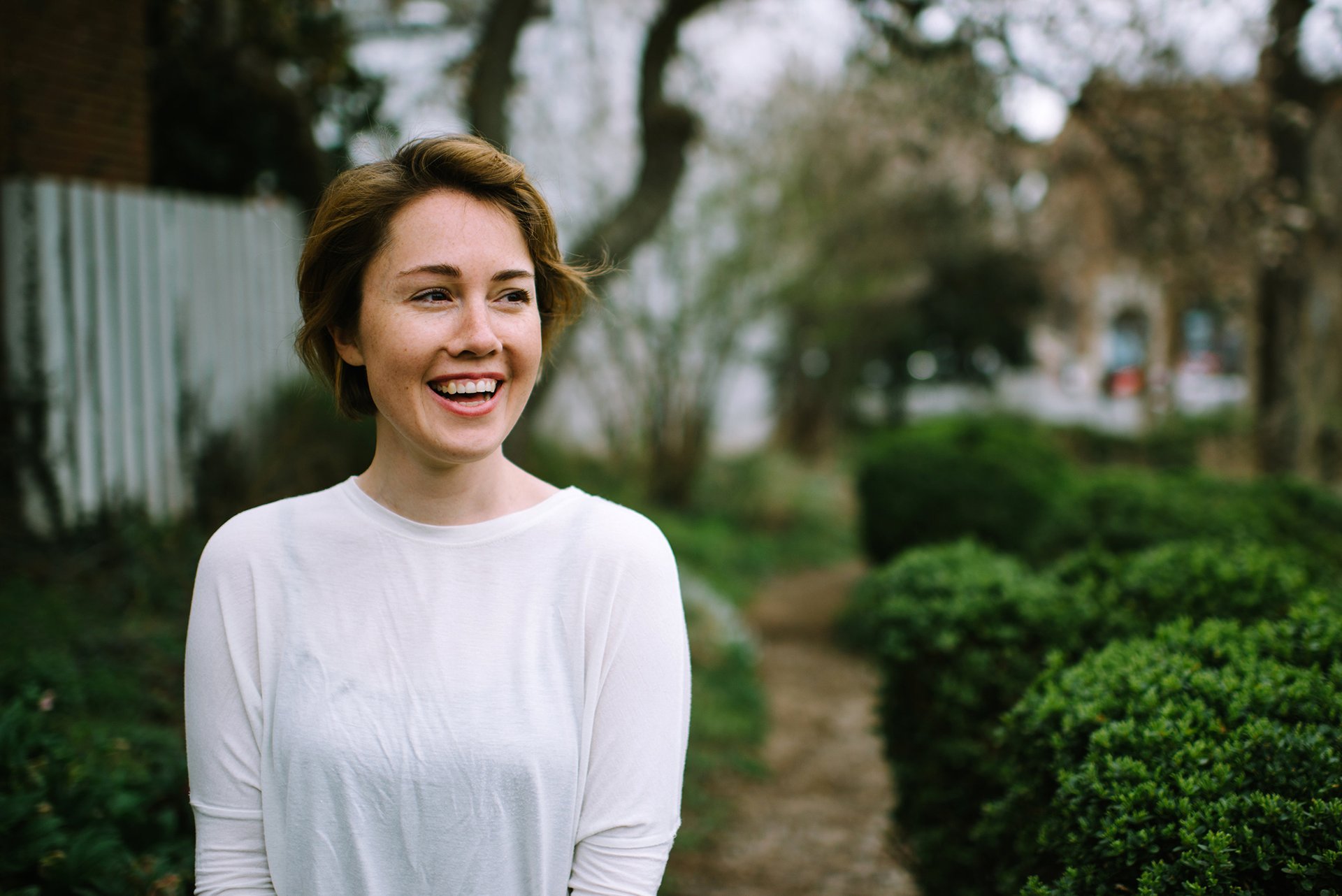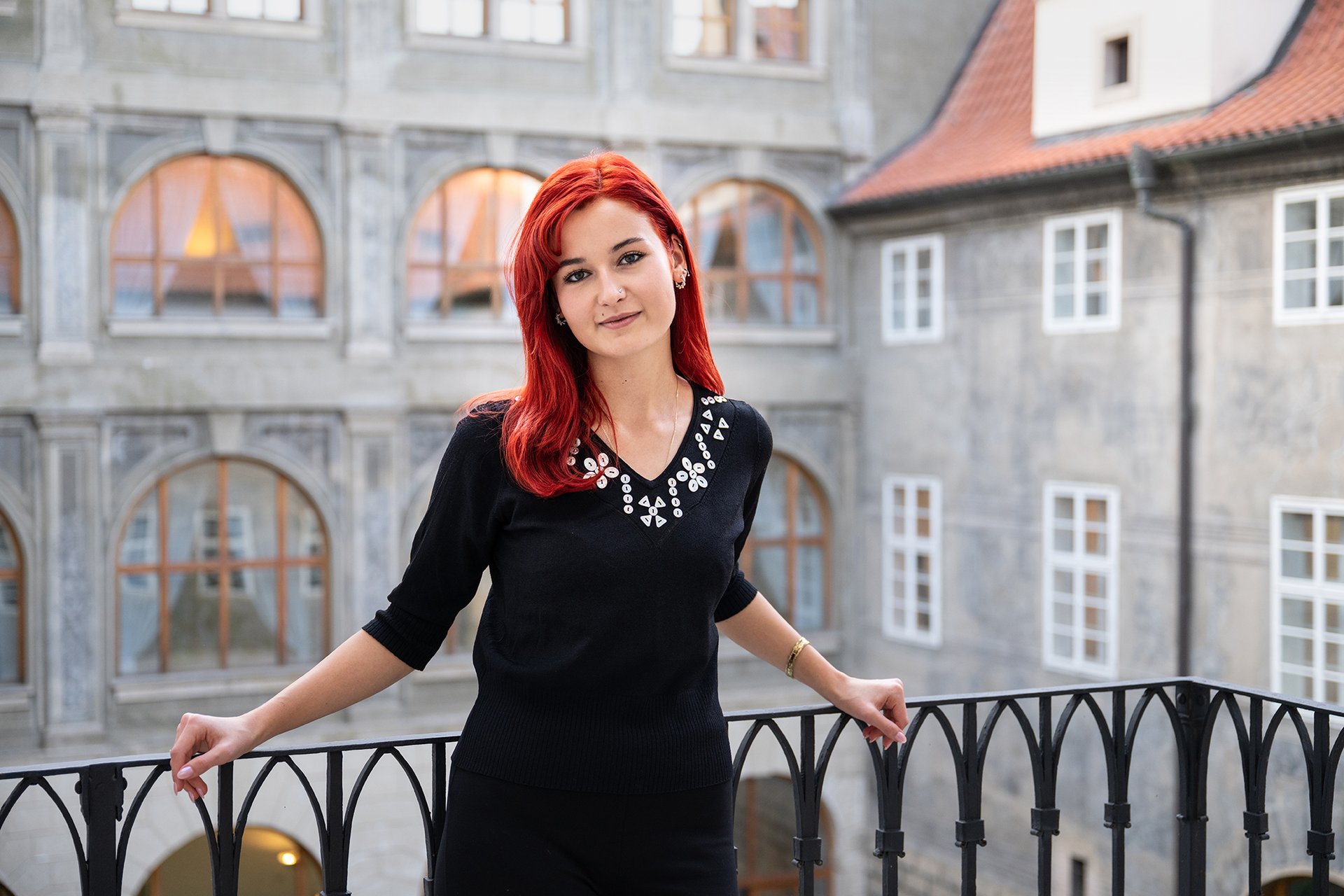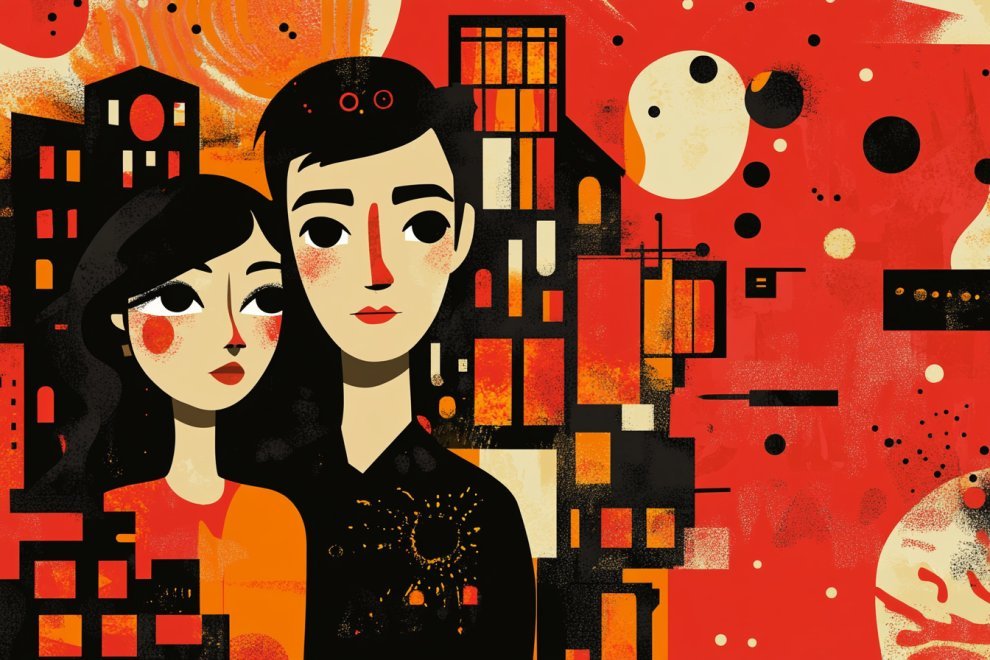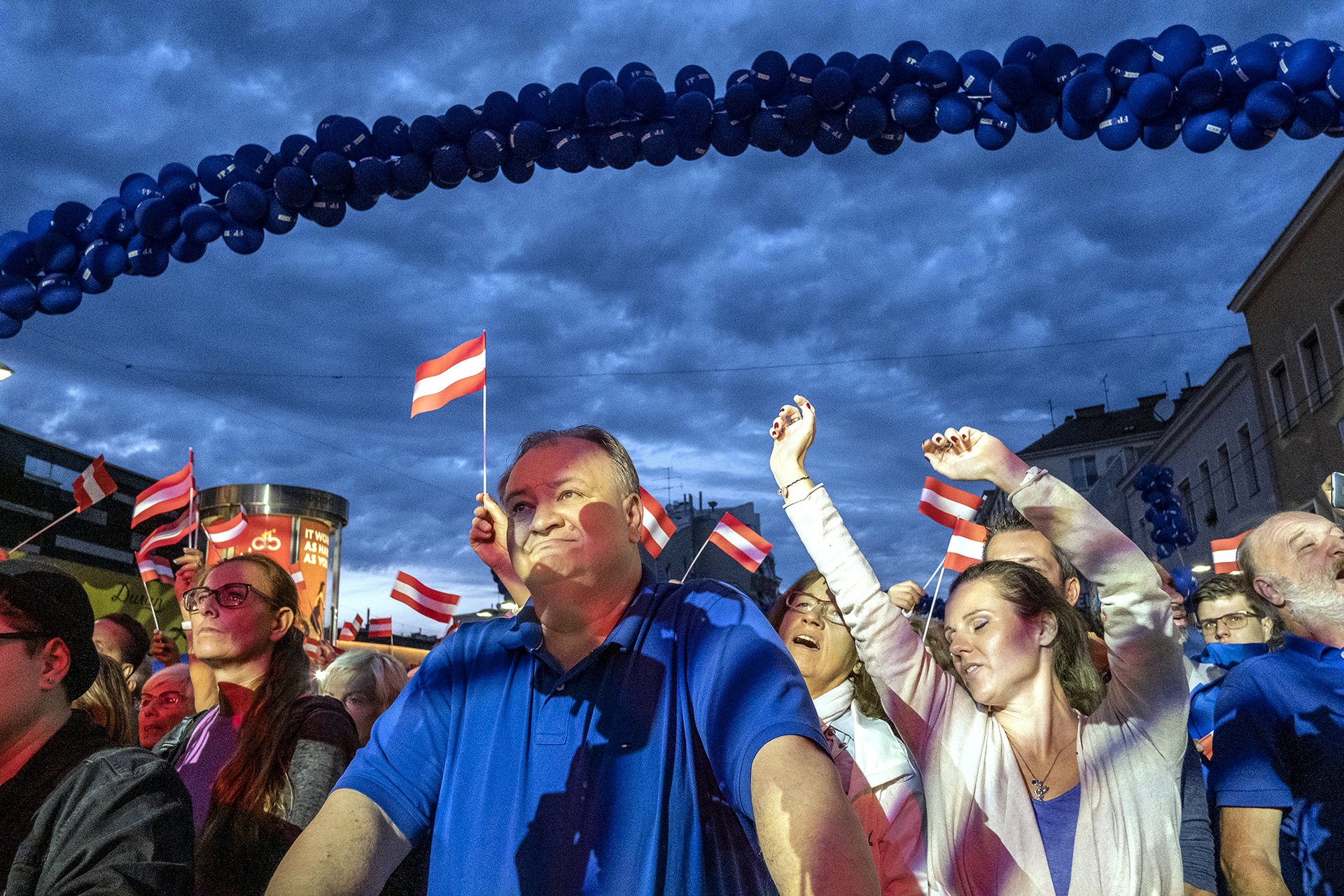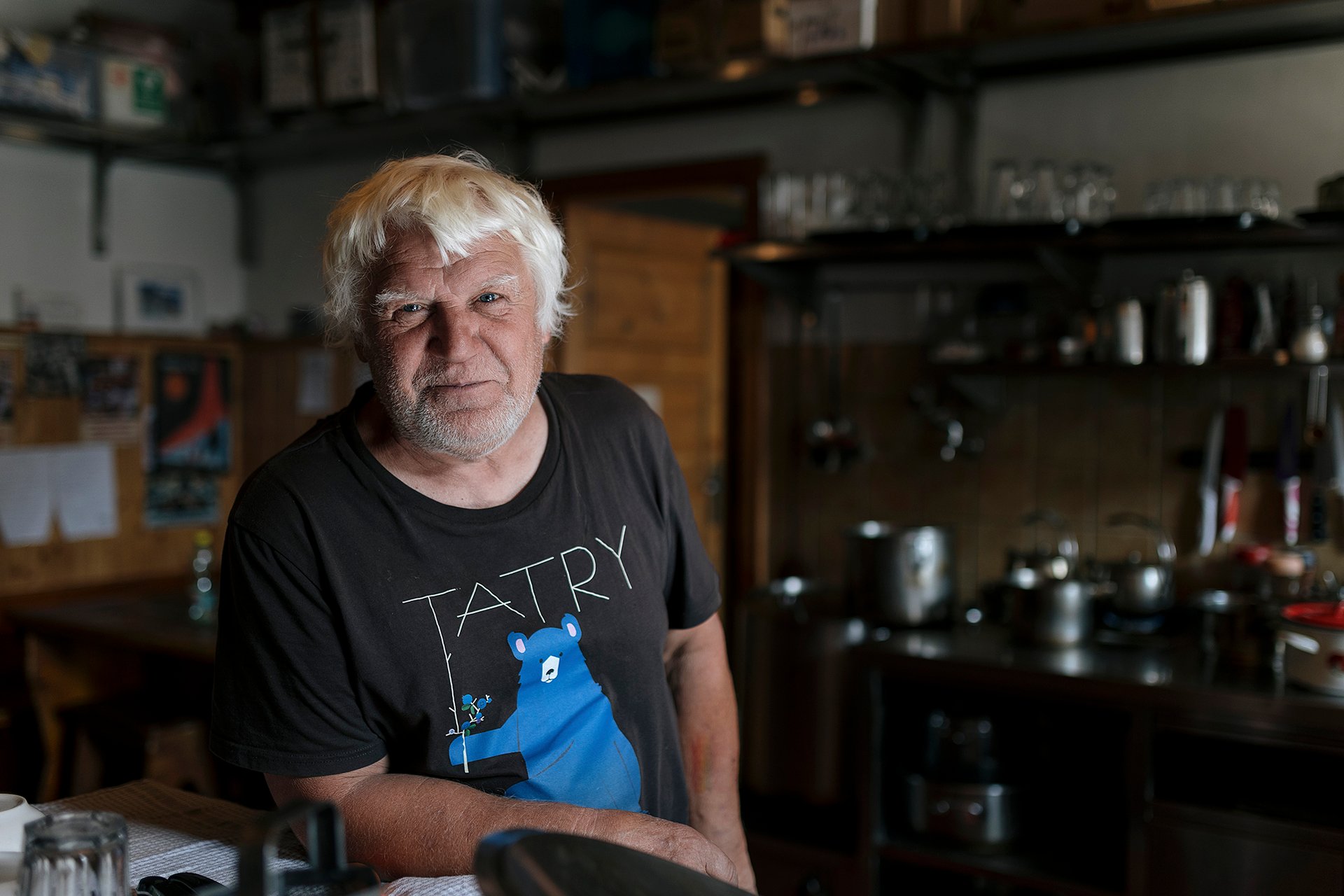Inga spent her childhood haunted by nightmares of molten lava flowing toward her home. When it eventually happened, it was a relief. “And there it was, the volcano finally erupted,” the amiable blonde shares in perfect English. “Now we know what it’s like and that we can survive it.” Although Inga Júlia Ólafsdóttir (27) is strolling along a field of lush green barley and behind her looms a silo and cows are mooing, she hardly looks like a farmer’s daughter. With straight platinum bangs, pink nail polish and a black miniskirt she looks more like the cool young Icelanders in Reykjavík’s coffee shops. The impression is correct; just two years ago Inga still belonged to the city crowd.
The eruption Inga talks about is that of Eyjafjallajökull, the volcano that erupted in the spring of 2010 after it had been dormant beneath the glacier for nearly two centuries. The following week, apprehensions about the impact on jet engines of tonnes of volcanic ash spewed out by the volcano resulted in cancellations of more than a hundred thousand flights. The event, perceived by the rest of Europe and the global press as a threat to civilization (Obama will not attend Polish President Kaczynski’s funeral! Thousands of passengers stranded at airports, costs amounting to billions!), was, in the context of Iceland’s history, a mere episode of little importance.
I WON’T GIVE UPThat’s exactly how Icelanders looked at it. “It is just as well that we have foreign media – thanks to them we learned there was a state of emergency in Iceland. And we would have thought nothing extraordinary had happened,” wrote political commentator Egill Helgason when the eruption was at its peak. Aside from similar sarcastic comments, newspaper stories contained words of relief that Eyjafjallajökull caused some distraction from endless debates about the repercussions of the financial crisis that brought the country to its knees in 2008.
The first impression from the plains sprawling directly under the volcano reaffirms the descriptions of a “cute” eruption, as Iceland’s people still dub Eyjafjallajökull’s awakening. One has to employ a great deal of imagination to link this idyllic scene with volcanic activity. Fuzzy sheep and stocky Nordic horses are lazily grazing in vast grassy valleys, where the eye never meets a tree under the cloudless sky, and rivers fed by the glacier and branching out into dozens of streams are running fast into the sparkling sea. The breath-taking landscape is only sparsely populated by a farm or a cottage belonging to some Reykjavík inhabitants who need to make a 90-minute journey south to get here.Only when the wind starts blowing grey ash from higher altitudes that grinds between teeth of both sheep and people can we gauge what force of nature we are faced with. One part of the glacier capping Eyjafjallajökull reaches out into the Markarfljót valley like a finger: this ice mass, normally pure white with turquoise glints, is still ashy grey and the surrounding landscape looks like a barren alien planet – no birds disturb the silence and not a single leaf adorns the blackness of volcanic ash and lava rocks. Sheep used to graze up there too, but after a hasty evacuation they never returned. This is where the flow of “jökullhlaup”, which is the local name for a muddy mix of volcanic ash, rocks and water produced by Eyjafjallajökull (similarly to any ice-capped volcano), rolled down after the eruption.The final bill for some two thousand local people shows why this eruption has earned such a lenient nickname. Icelanders have experienced much less cute eruptions. For instance, after an eruption of the Laki volcano in the summer of 1783, when in excess of a hundred craters forming a 25-kilometre-long chain had spewed out ash and lava for eight months, one-fifth of the island’s population (more than ten thousand people) and most of their animals died. Those who survived faced starvation because ash smothered some of the crops and the rest failed due to subsequent rapid weather changes.
Eyjafjallajökull – since its power was only one-thousandth of Laki’s explosion – did not claim a single human or animal life. Of some hundred and fifty local farms only one was closed down. Repair of the damage cost millions, but it was covered partly by insurance and partly by government compensation.The story of the Thorvaldseyri farm where Inga is from has also had a good ending, at least for the time being, even though its thousand hectares of fields and pastures with a two-hundred-head herd of cows and dozens of sheep are located right under the south edge of the volcano. For weeks on end, the wind blowing from the volcano emitting tonnes of ash had blown toward the farm that Inga’s great-grandfather purchased more than a century ago and now her parents and brother run. Their testimony is evidence that, as “cute” as the eruption was, it was still dramatic to be unable to see a thing and hear scared animals wailing in the darkness. The family feared they would lose the farm. But Inga’s mother quickly restored her Icelandic composure, “Yes, we thought we wouldn’t be able to farm here afterward, that it was the end. But [we thought that] only for a day. Then we decided we wouldn’t give up.”The aftermath of the eruption has been affecting the farmers to date. They have yet to put back into operation their mini-hydroelectric power plant built by Inga’s enterprising grandfather in the 1920s that had made Thorvaldseyri energy self-sufficient. The sediment of volcanic ash in the water keeps clogging the machinery. But there is also a surprisingly long list of positive effects of the eruption: for instance, volcanic ash has proved its “fertilizing” reputation. “We haven’t had to use any fertilizers since the eruption,” Inga confirms.In a hut they originally rented for pressing rape seed oil, a year ago they built a visitors’ mini-centre and a souvenir shop through which thirty-three thousand visitors have passed since. Incidentally, a family friend – filmmaker – was just shooting a documentary about the farm at the time of eruption. A tranquil farmer’s portrait was instantly transformed into a testimonial of a victorious fight against the volcano that is now shown in the centre. In addition, the family realized that while they were struggling to get rid of tonnes of volcanic ash, tourists collected it as a souvenir. The result of this equation is extra income that has helped Thorvaldseyri’s owners get back in the black two years after they almost gave up amidst the volcanic darkness.ICE AND FIRE
Iceland is volcanos. Literally and symbolically. Without them the island would not have come into existence. “Without volcanic activity Iceland would still be sitting at the bottom of the Atlantic Ocean,” says Iceland’s leading volcanologist Haraldur Sigurdsson. Volcanos are also responsible for expansion of Iceland’s territory; when the Katla volcano (a larger neighbour of Eyjafjallajökull) erupted in 1918, the southern coastline of the island stretched out into the sea by several kilometres. The area of the Heimaey island in the Vestmannaeyjar archipelago, located some twenty kilometres south of Iceland, was enlarged by one-fifth after an eruption of the Eldfell volcano in 1973, while the molten lava conveniently remodelled the local sea port. A decade before an undersea volcano created a brand new island, Surtsey, that today is Iceland’s southernmost territory and scientific laboratory in one. Volcanos contribute to Iceland’s existence in yet another way: an almost treeless country suffers from severe erosion and volcanos at least slow down the “crumbling” process.When this piece of land in the northern part of the Atlantic Ocean was initially discovered by Irish monks at the end of the 8th century and later by Vikings, its tumultuous volcanic development was far from over (and is not up to this day). Which is what they must have found out right away; soil analyses show that shortly before the arrival of first settlers one of the volcanos had erupted and the island was covered with volcanic ash. And the settlers’ descendants have seen evidence over and over: of thirty active volcanic systems, thirteen have erupted at least once since the beginning of settlement, one eruption every five years on average. Over that time, the record-holders Hekla and Katla have woken up seventeen and thirteen times, respectively. “The volcanos have done their best to get rid of people,” says Páll Einarsson, professor of geophysics at the Institute of Earth Sciences of the University of Iceland, laughing. “But they failed”.They have scored partial success though: following the Laki disaster, the Danes considered an evacuation of the island’s population to the mainland, since Iceland was then under the Danish Crown. But the Icelanders rejected the invitation, allegedly with the words, “Better live with volcanos than with occupiers!” A hundred years later, however, after more eruptions, sheep epidemics and famines, several thousand islanders left the country, in particular for Canada. Only about a century ago the humans began to catch up in their uneven struggle against volcanos, specifically when Icelanders started figuring out not just how to best map out volcanic activity and protect themselves against it, but also how to use their fiery mountains to their benefit. The number of victims has fallen to a minimum (conversely, Iceland’s population has risen from sixty thousand before the Second World War to more than three hundred thousand at present), and the small island community began to prosper from the volcanos. Today, Icelanders are intrepid amateur volcanologists who discuss volcanos at coffee shops, create art about them, and never miss a close sighting of an eruption.POPULAR ENTERTAINMENTLake Kleifarvatn is located thirty kilometres south of Reykjavík. The landscape there is typically devoid of any human activity within sight, with endless lava plains with moss of all shades of brown growing all over them. It is morning and Karolina Michalczewska’s (28) gigantic Toyota SUV has just climbed a nearly impassable path to one of the peaks on the south side of the lake. Here, driven into the ground amidst rocks, is a barely visible metal “point”, and above it is a GPS station which continuously monitors its position in collaboration with a satellite. Karolina, a doctoral graduate student at the University of Iceland and a native of Krakow, Poland, accompanied by another student, Telma, exchanges the battery that powers the station and downloads into her notebook all data collected over the past week. She also checks whether the point is in the right position. Later, in her office at the Institute of Earth Sciences of the University of Iceland in Reykjavík, she analyses data from this station (and another thirty she regularly checks in the region) and inputs the results in graphs and tables. For the past two years, the tables have shown a discernible trend: the land in the region lifts and sinks in regular periods. The Polish scientist’s research has unearthed other peculiarities of Iceland’s co-existence with volcanos, which attract a great number of foreign scientists, who are in turn often amazed at the expertise and enthusiasm of the local population. A few days later in Reykjavík, Gro Birkefeldt Müller Pedersen, a Danish geologist specialized in volcanic formations on Mars, elatedly confides that finally she has found a place where she feels people understand what she is doing. “When you say in Denmark that you study lava structures, people have no idea what you’re talking about; here, they instantly ask for specifics and know what it’s all about,” says Gro.The land movement at Lake Kleifarvatn has also been keenly observed. “People keep calling, the public interest is tremendous,” Karolina observes with laughter. But there is no need to call. Instead, one can just make a few clicks with a mouse. Scientists gathering data all over Iceland don’t keep it for themselves, but post it on their website in collaboration with Icelandic meteorologists. In addition to Karolina Michalczewska’s tables with her findings, the web shows data from the entire island mapping out occurrence, strength and other specifics of earthquakes for the past forty-eight hours. Every day, the map of Iceland is dotted with colourful marks: for instance, red circular dots represent an almost direct transmission of mild tremors, i.e. tremors measuring up to 3 on the Richter scale occurring within the past four hours. (Tremors of higher magnitude are marked with asterisks.)
When scientists mention that Icelanders absorb the data on volcanos during their morning coffee, it sounds a bit pompous, but it’s the reality: farmers, tour guides, civil servants, journalists and the general public, they all do it. “I take a look at it about every couple of days,” says photographer Bjarki Gudmundsson at a coffee shop in downtown Reykjavík, nodding. “It calms me down. I like to know what’s going on.” No wonder these amateur volcanologists are well aware why they should be interested in a piece of volatile land at Lake Kleifarvatn, even though it moves only a few centimetres. When the land moves in an area smelling like rotten eggs and vapours are rising from many places, it might mean it is expanding prior to an eruption. “It might, but it needn’t. An eruption may occur, yet we don’t know when and we don’t know how big it will be,” Karolina Michalczewska acknowledges.Although some foreign media, especially in the United Kingdom, once again paint a near-disaster scenario for Reykjavík, the locals don’t fret. And even if some volcano eventually does erupt, residents can be expected to run not away from it, but exactly in the opposite direction, as happened many times in the past. When Iceland’s most notorious volcano Hekla reawakened in the winter of 2000, rescue workers had to help thousands of Icelanders. However, they were not pulling them from the crater of the raging volcano, but from traffic jams and snow banks in which cars with curious passengers from all over the country got stuck. Old people, young children and pregnant women, they all wanted to see Hekla. “The eruption started on Saturday exactly at the time of the main evening news, so everybody immediately knew about it, and the moment thousands of people arrived there a huge snowstorm began,” Páll Einarsson recalls. “Volcano watching is popular entertainment for Icelanders and it’s hardly surprising – it’s a wonderful show where nature demonstrates what it can do.”OPEN GAMENaturally, the often-mentioned volcano Eyjafjallajökull also caused a lot of excitement among the local residents that some remember better than the eruption itself. Margaret Rundlfdóttir (75) was born in London, but during forty-five years of farming in a remote corner of the Markarfljót valley she completely forgot the hustle and bustle of the big city. Recently, Margaret handed her sheep farm to her daughter and has since enjoyed the serene life and breath-taking scenery scarcely disturbed by human activity. The Rundlfssons’ farm is situated on a slope facing the volcano, providing a good, yet safe view. That’s why an “observation station” was built near their house and local authorities directed there forty thousand cars and two hundred buses just the first week after the explosion. “Never before had we seen so many people here,” the retired farmer shakes her head, while sitting at the glass-walled veranda of her house. “Even the Japanese were here, which I didn’t understand at all. Why would they come look at our tiny volcano when they have so many at home and much bigger ones!”
People are attracted to the fiery cones even when those are momentarily dormant. Painter Arngunnur Ýr Gylfadóttir, who returned home with her American husband after years spent in San Francisco and Amsterdam, captures volcanos in her paintings, and also buys land around them. “I’m just irresistibly attracted to them, they are so fascinating,” says Arngunnur. They inspire writers, musicians, architects. A new concert and conference centre, Harpa, which opened in Reykjavík last spring, is a tribute to Iceland’s landscape and volcanos. Although the panelling at this latest gem of the nation’s architecture is not made from genuine lava rock, its dark grey colour and porous structure were designed to remind of it. The main concert hall is completely decorated in dark red and named after the Eldborg volcano, the “flaming castle” in western Iceland. The glass-panelled facade is made of parts shaped to resemble hexagonal crystals of basalt – volcanic rock covering ninety per cent of the island’s territory.This hunger for information and its generous satiation (an opposite approach to that applied elsewhere in the world where authorities and scientists tend to at least partially withhold information to prevent panic) is precisely what some say explains the peculiar calm of Icelanders in their relationship to volcanos. “When you tell people everything, they won’t panic that somewhere something is happening they don’t know about,” says Páll Einarsson.There are more prosaic explanations, however. “It‘s because we’ve got lousy weather here,” says an agile man with big glasses, gesturing. You would never guess he is seventy-three years old. Haraldur Sigurdsson can enthusiastically talk for hours about his field, which he has been pursuing for forty years and is still active at it. He spent this past February in Papua New Guinea studying local volcanos, while occasionally he would board a special submarine to monitor volcanic activity hundreds of metres under the sea level. “The weather here is so volatile that volcanos are not extreme; in fact, they are the standard,” explains the legendary volcanologist who has secured a worldwide acclaim by discovering the Pompeii of the East, the city of Tambora on the Indonesian island of Sumbawa, which was buried by an eruption of the eponymous volcano in 1815.
Whereas in Hawaii volcanos mar the idyllic paradise of pleasant temperatures and the turquoise ocean, in Iceland they just belong to the family of unusual natural phenomena. If you spend three months a year in permanent daylight and another three months in complete darkness, if you have to rebuild bridges and roads over and over again because unpredictable glacier rivers keep tearing them down, if the weather changes every hour, then you are unlikely to be really shocked by lava shooting into the skies. According to Sigurdsson, evidence of this goes back centuries. Although he continues in his globe-trotting style, he has slowed down a bit. Recently he founded a Volcano Museum in his native Stykkishólmur on the Snfoellsnes peninsula, displaying his own vast collections. During his travels he also collected art (his museum comprises stained glass from a 19th century New York synagogue, Japanese china and Nicaraguan naive art) and explored legends relating to volcanos. “In many places people linked volcanos with dreadful deities, but Icelanders perceived them in a sober, more realistic light,” he says. “People here feared them, respected them, but never viewed them as something supernatural and did not worship them out of dread.”Indeed, old sagas and folk tales feature giant lake worms and elves, but there are few deities harming people through volcanos. Katla, for example, is named after an old, morose cook, who drowned a young herdsman. Tortured by guilt and fearing her feat would be exposed, she jumped into a glacier. No one ever saw the murderer after that, but her bad blood awakened forces of nature. Later emerged some visions of a “gate to hell” and “Judas’ imprisonment” but, as Haraldur notes, they mostly originated from foreign sources. In the 12th century, the French Cistercian monk Herbert of Clairvaux described Hekla as a gate to hell, but he never actually saw it. Local chronicles relate a tale from around 1000 when the Icelandic parliament Althing succumbed to Norway’s pressure and adopted Christianity. When a nearby volcano erupted a day after the crucial decision, some chieftains interpreted it as the previous gods’ revenge for the betrayal. “One of the chieftains stepped up, pointed to old lava around them and asked what the gods punished them for when they spewed out lava in the past,” says Sigurdsson. “Already at that time he rejected the notion that volcanos were controlled by gods.”BLUE LAGOON
Vapours are rising from a small, milky opaque pool of turquoise colour, surrounded by black lava fields. The depth of the pool is barely to an adult’s waistline, yet all bathers are completely submerged in it – except for their heads. The outdoor temperature does not exceed fifteen degrees centigrade, but the water is a pleasant thirty-nine degrees warm. On top of that, faces of the heads bobbing on the pool surface and blissfully grunting are smudged with white mud. The scene resembling a zombie horror movie is complemented by another odd view: a huge steaming power plant reminiscent of Verne’s Steel City, its giant pipes pointing to the sky and releasing clouds of steam with a deafening hissing racket. We are at the Blue Lagoon, forty kilometres southwest of Reykjavík. There probably isn’t a tourist guidebook failing to mention this attraction. What the guidebooks do not mention is that this place is a symbol of Iceland’s journey from poverty to prosperity over the past half-century and the hope that the country will continue in this journey despite the devastating financial crisis.











